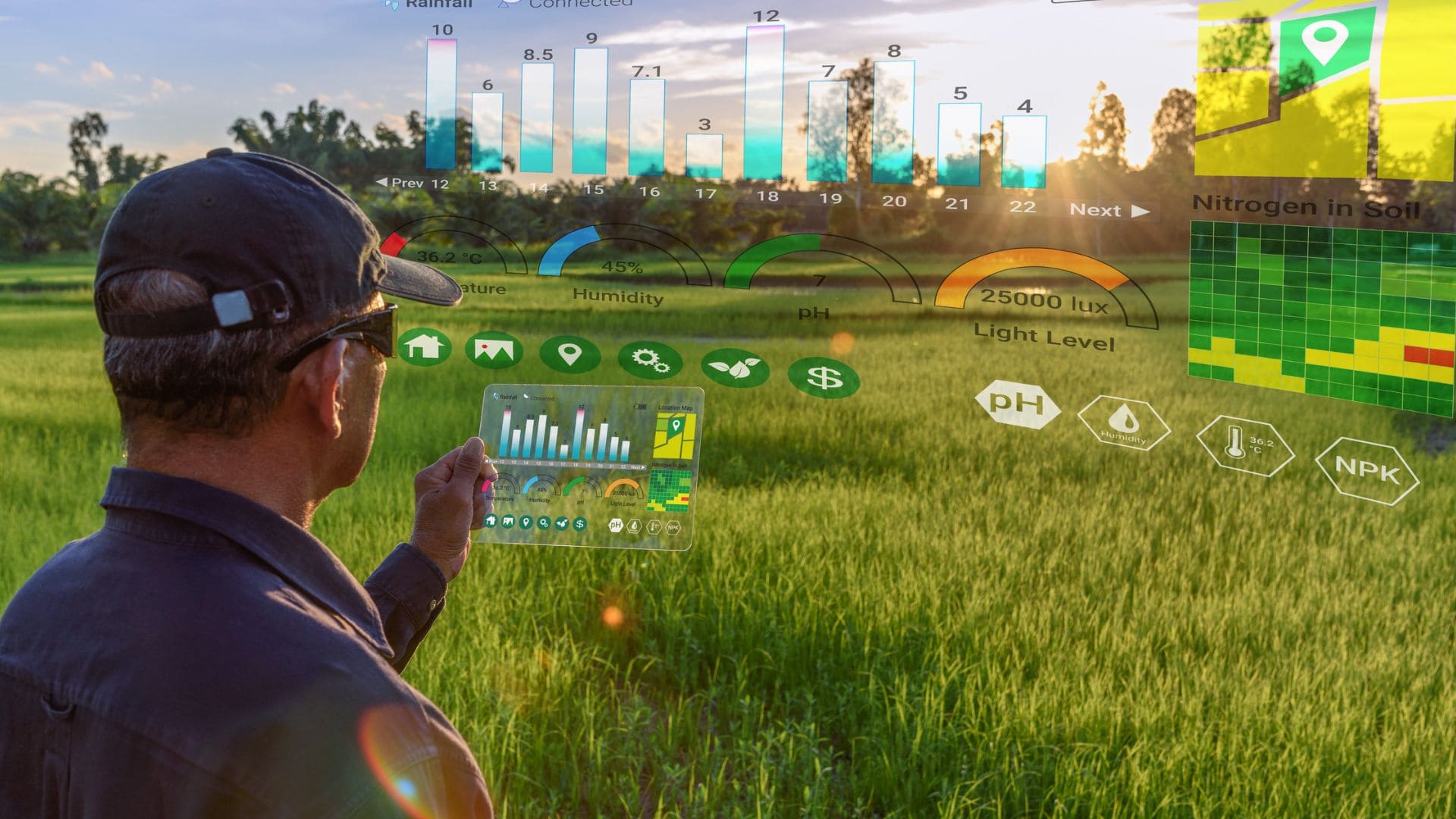By Constant Ondo
I am regularly in touch with industrial companies willing to collect and use data in order to, for example, improve their production process or build predictive maintenance schemes.
And one of the first questions they are asking me is: Can PICC Software help us define what kind of sensors we need, how many of them we need and where we should place them?
This is actually the starting point for any project aiming at using IoT to increase performance on the factory floor. And yes, PICC Software can provide reliable answers to such questions.
CEA Tech is indeed using PICC Software for that purpose within its technology platform for mechatronics (called MAPP).
But the contribution of PICC Software doesn’t stop here. Our platform enables companies to use IoT on a daily basis in order to increase collective intelligence within the organization. Which is, in the end, the reason why they want to collect data.
So why and how should you use PICC Software for your industrial IoT project? Let’s explain here.
IoT sensors: for what purpose?
IoT stands for the Internet of Things and refers to systems where objects are connected to the internet in order to exchange information with one another, or with an IT server. Such systems use wireless data transmission through radio waves.
Wired systems, regarded as more reliable and more secure, have long been preferred on the factory floor. But considering the tremendous potential of condition monitoring, wireless systems are becoming more common. This because the existing machinery is not connected to the IT world. Industrial manufacturers want their machines to be able to communicate without having to replace them.
IoT sensors are thus mainly used in the industrial world to turn silent devices into talking ones.
But to have them say what? Sensors can be installed for various and quite different reasons: measuring the wear of a component, calculating the efficiency rate of a machine, managing the energy consumption of a factory, monitoring critical safety parameters…
The first good question to ask is then: what problem do we have to solve?
A question that PICC Software will love since our platform is precisely based on a problem/solution approach.
The IoT infrastructure: a technical headache

We are now so used to live with connected objects that the installation of sensors seems to be quite simple. But it is not the case, particularly within the industrial world. Because it requires to manage simultaneously numerous constraints.
Physical constraints for sensors first: their size, resistance in harsh environments, battery life… Constraints due to the wireless communication then: will radio waves to travel properly through the factory or will repeaters be needed, will the bandwidth be sufficient to transfer the required data or will data need to be processed locally… And finally, constraints due to the coordination of all sensors within the IoT architecture: what will be the time interval for data transmission, how will the transmission of all sensors be staggered, how will data transmission be secured…
Adding to those the cost of the sensors plus possibly of data transmission means that the number of sensors installed in the factory has to be fully optimized.
We are here facing a complex problem that has to be modeled to make the right decisions. Because the choice made to overcome a particular constraint will have consequences (positive or negative) on other parameters of the project.
The model can be simply built up with PICC Software, and displayed in a Knowledge Map (KMAP) used as a tool for decision-making. Choices for the IoT infrastructure are made simpler and well reasoned.
Installing IoT sensors in the right place, on the first try
Since the installation of IoT sensors aims at making silent devices talk to solve a particular problem, and since the total number of sensors is technically and economically limited, how can we define with maximum confidence where they must be placed?
The challenge is to reduce the number of trial-and-error iterations so as to come up as quickly as possible, and even on the first try, with a functional solution leading to a noticeable improvement.
And the best way to do so is to forget for a while about Big Data, Artificial Intelligence, and Data Scientists and focus on those who really make operational excellence: people.
It’s for the problems they are regularly facing and can not solve alone that the IoT system has to bring solutions. Such « decisional nodes » are definitely the spots where installing a sensor and collecting data will prove the most fruitful.
But how to identify these decisional nodes?
Here again by focusing on humans rather than on data. Non-connected machines can’t talk, but your employees can. And they have a lot to say. Simply because many of them have experienced, and probably several times, the recurring issue you are trying to solve. By collecting and aggregating their feedbacks, and then carrying out a root cause analysis on this total amount of knowledge, you will find the best spots for your IoT sensors.
It’s the stage when the power of PICC Software best reveals. Because our platform enables to collect very easily and very quickly a large number of feedbacks. Which do not need to comply with a fixed, predefined framework but are captured « just as they come ». It’s then the job of the artificial intelligence embedded in PICC Software to organize them in a network of interdependent problems and solutions, where one can dig to identify root causes.
For a project we worked on with the CEA Tech, it only took us half a working day to build a model on the basis of feedback given by experts. And with only one additional hour of work on our KMAP, we identified 2 key spots where sensors should be installed. The data scientists who came after us to refine the model confirmed that our analysis was correct.
Are you also wondering where you should install your IoT sensors?
Please feel free to contact us.


